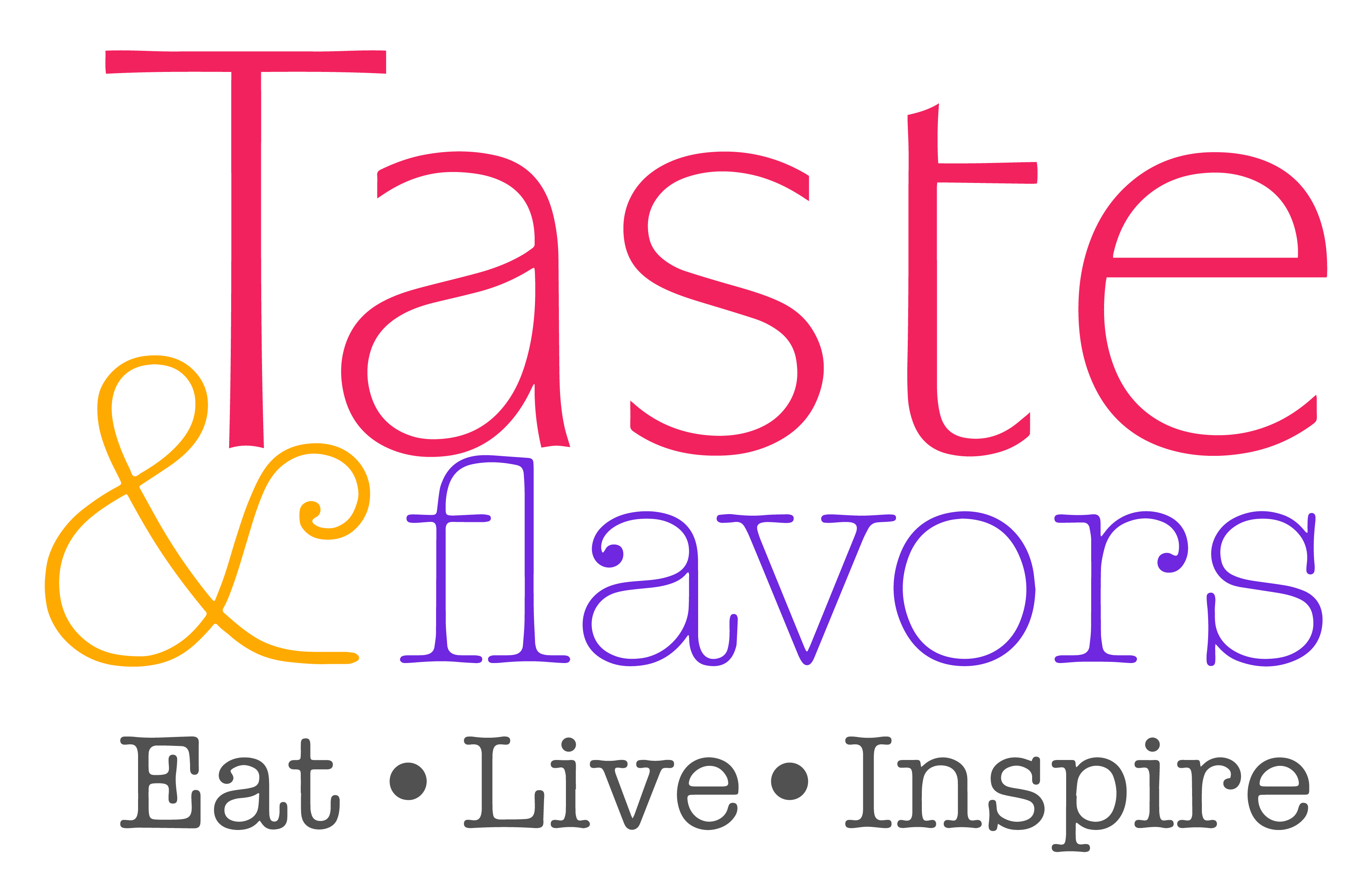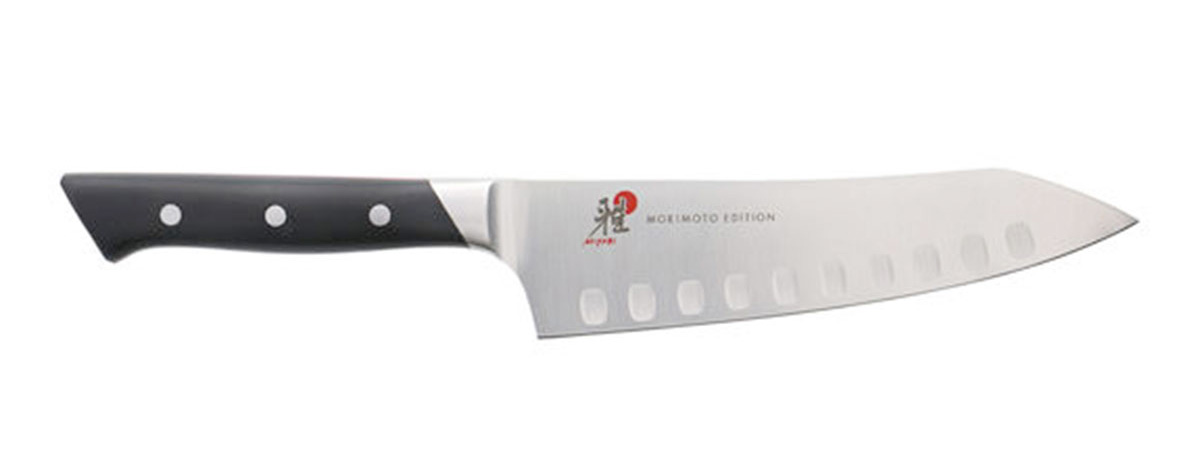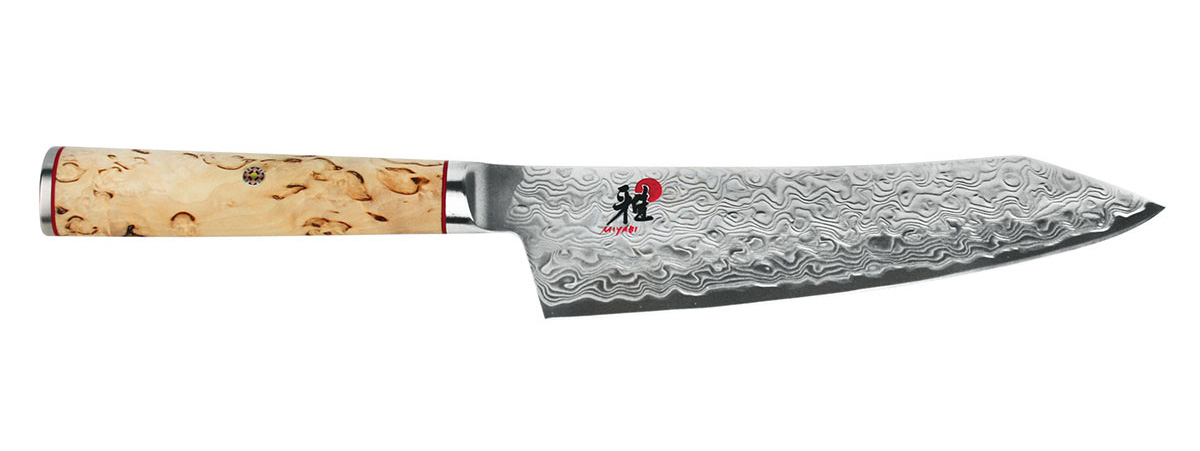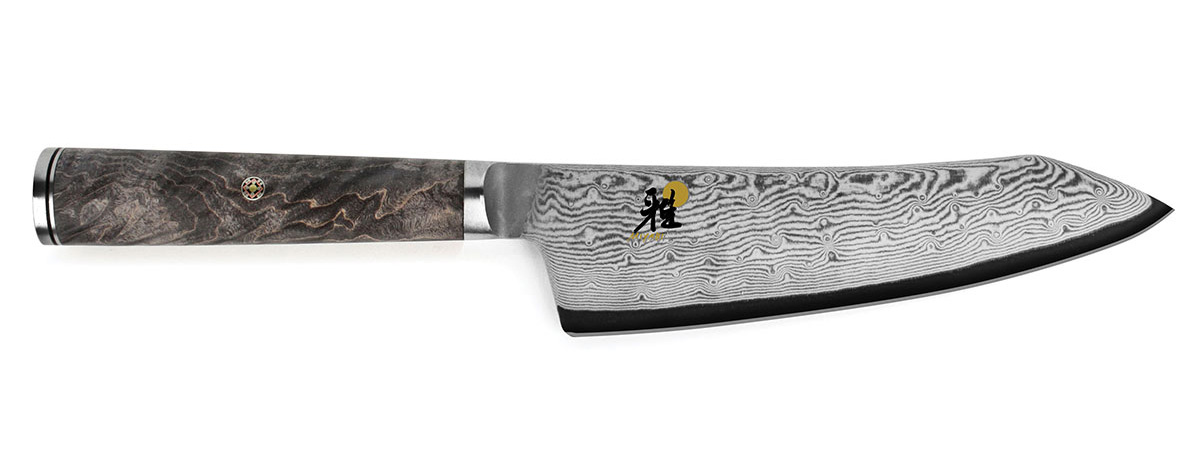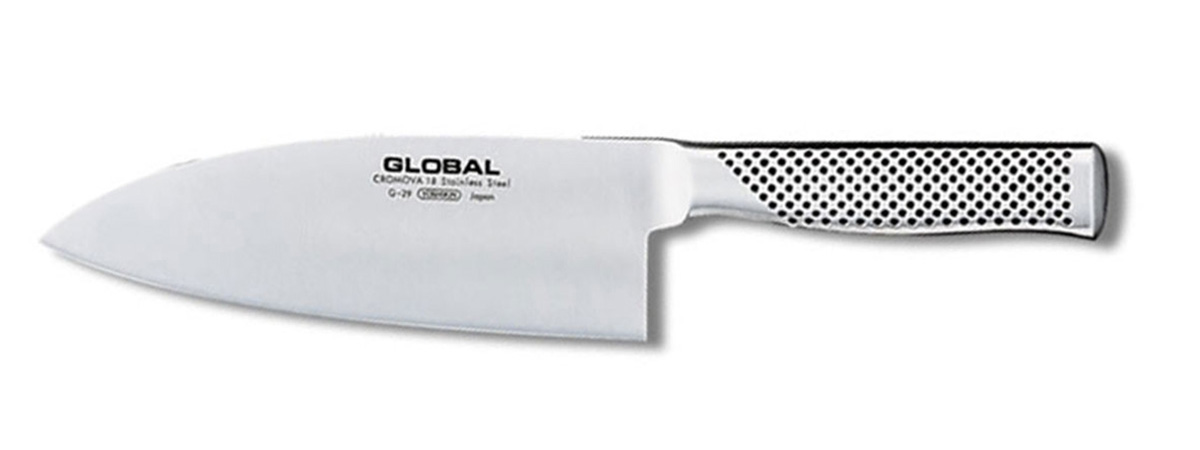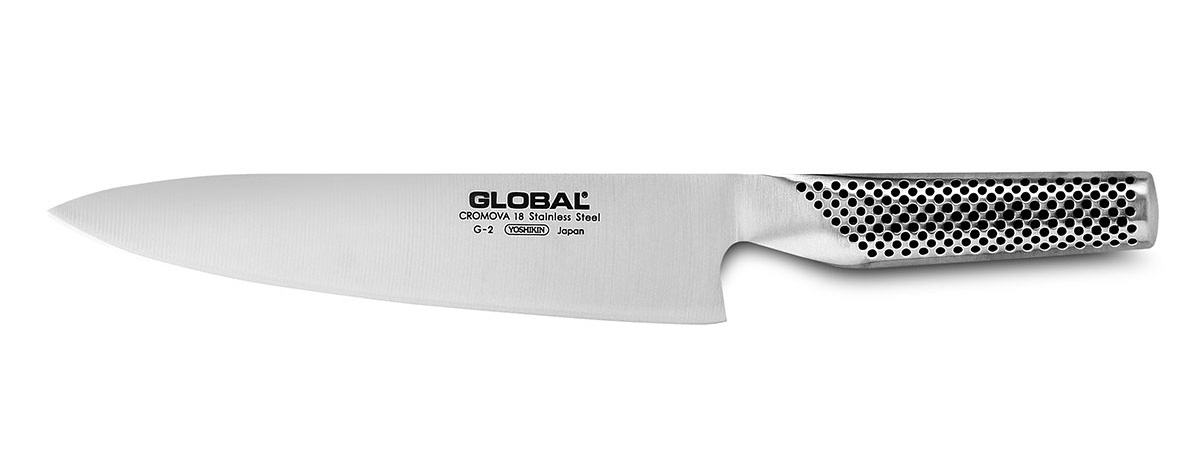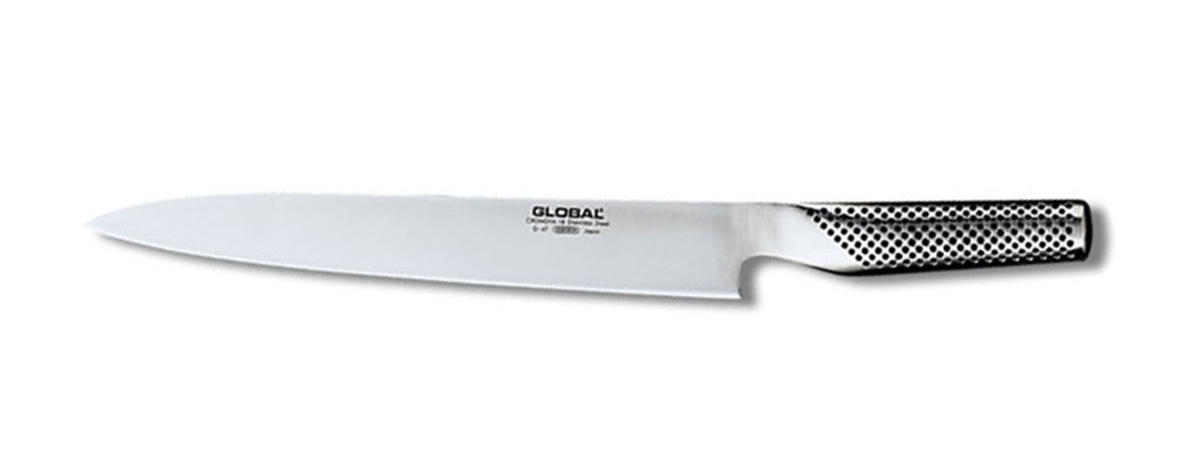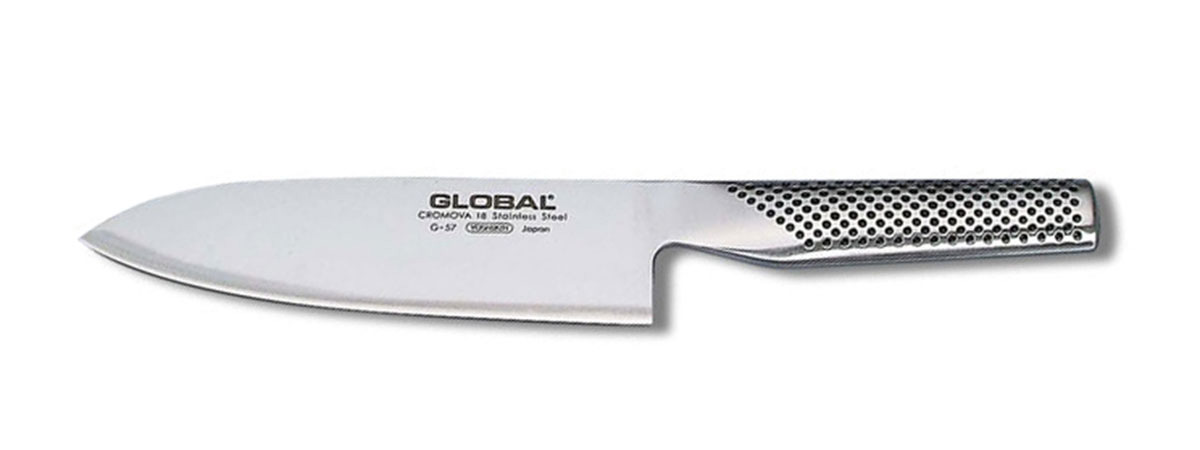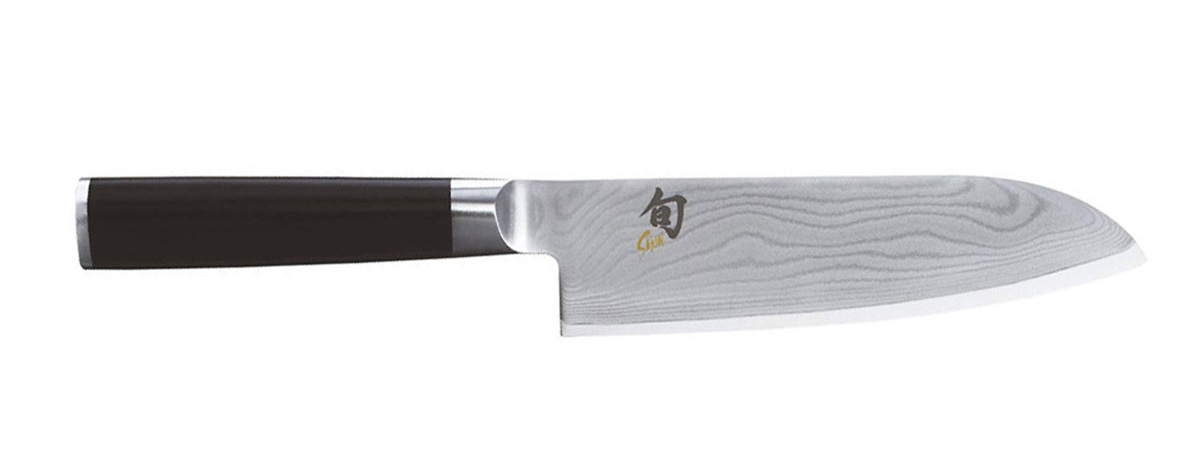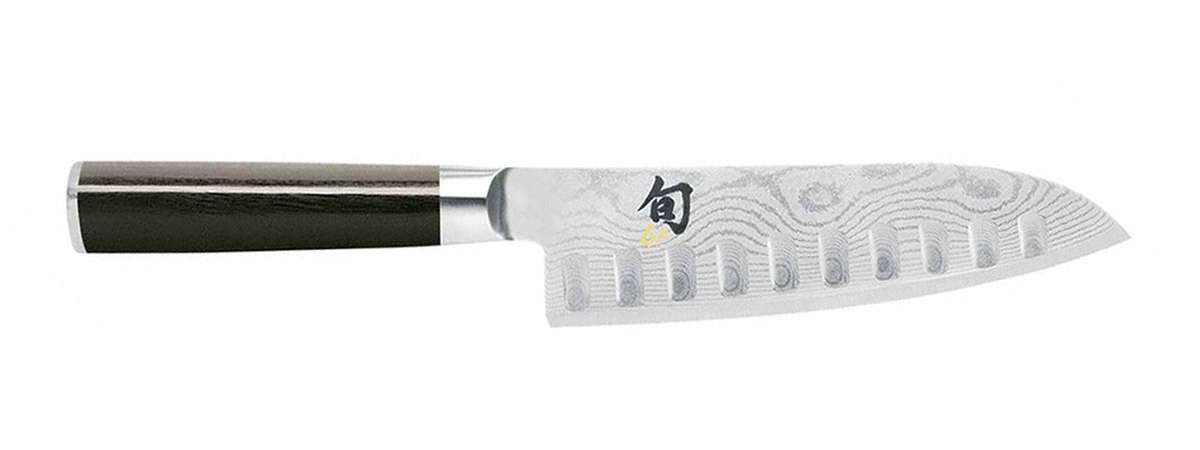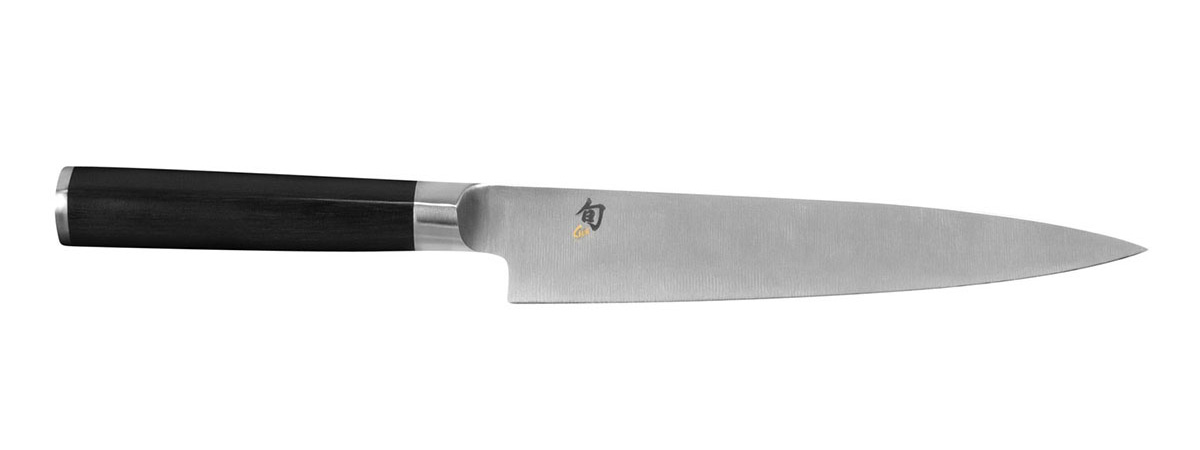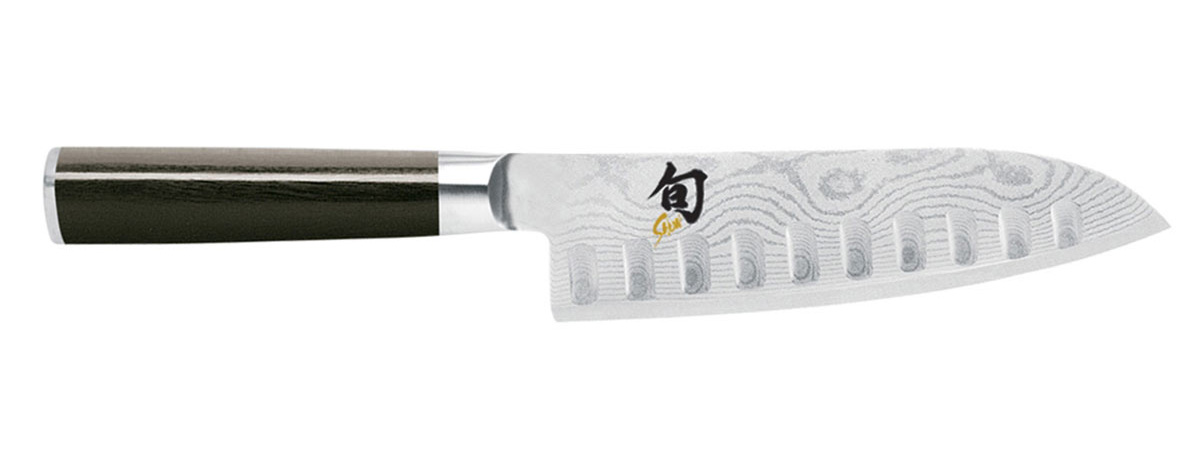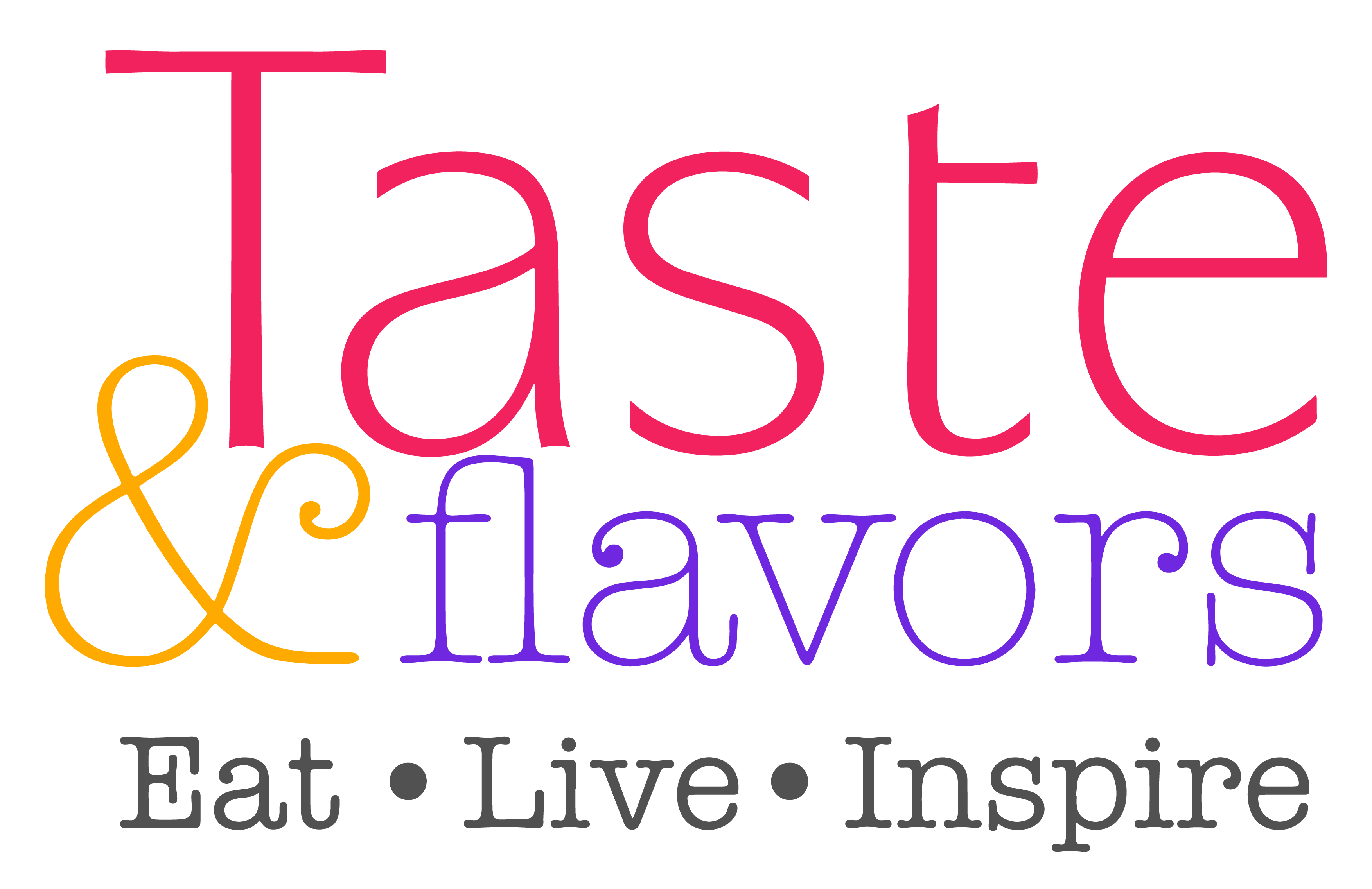THE EDGE
What’s more important than a knife in the kitchen? It’s the ultimate tool to add to the pleasure of food preparation and a good one will last a lifetime. Here is your definitive guide to the best kitchen knives from star chefs to find out what the experts look for when choosing their knife
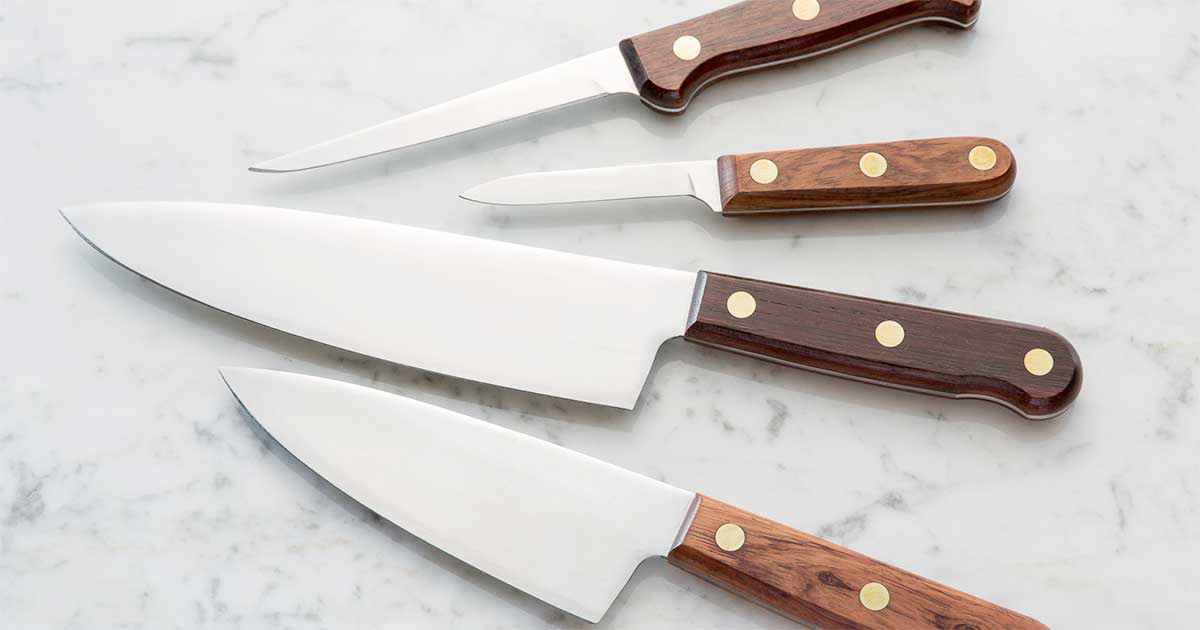
 YOUSSIF AKIKI
YOUSSIF AKIKI
Who he is: A well renowned Lebanese chef who has worked alongside Alain Ducasse, Joel Robuchon and specializes in gluten and lactose free pastry.
Brand of choice: Myabi, merges rich Japanese tradition with expert German engineering
Reason: The most important element is to feel one with the instrument, as it will become an extension of yourself. Therefore, it needs to be light so as not to exert any kind of pressure during use. What I like about Japanese knives is that they are individually handmade and use the finest Damascus steel.
Use: Also, when considering buying a set of knives, you will need to take into account the three types of food you will be working with and these are, meat (red or white) and vegetables.
Website: zwilling.com/us/miyabi
 JOE BARZA
JOE BARZA
Who he is: Native of Lebanon, Joe Barza, is a chef, TV personality, culinary consultant and founder of various concept eateries.
Brand of choice: GLOBAL made in Japan
Reason: They are made using some of the best available material and have quite a modern design. What I like about this brand is that the knives are relatively light, yet extremely efficient though somewhat pricey.
Use: Depends on type of ingredient. A Japanese blade is ideal for the preparation of sushi and sashimi. Curved knives are specifically used for deboning meat and the bigger-sized knives are primarily used for chopping various vegetables.
Website: global-knife.com
 ÞRÁINN FREYR VIGFÚSSON
ÞRÁINN FREYR VIGFÚSSON
Who he is: Co-founder of Sumac Grill, this Icelandic chef offers customers Nordic cuisine with a Middle Eastern infusions.
Brand of choice: Shun knives (Classic 7 in.) Japan’s largest blade producer
Reason: Offer users a nice grip and the knife is not too heavy, so it works quite well across the board. No wonder I have been using the same knife for 13 years and counting.
Use: A multi-purpose knife that can be used for mincing, slicing and chopping vegetables, slicing meat…
Website: centredurasoir.com
THE BASICS
WEIGHT
Some believe that the heavier the knife, the easier it will be to cut foods. On the other hand, the others deem a lighter chef knife easier to handle, maneuver and therefore less tiresome.
BOLSTER
It is the part of a knife between the handle and blade, which not only serves to better balance the knife, but also acts as a barrier to prevent users’ hands from accidentally sliding onto the blade. However, Japanese style knives lack that feature.
BALANCE
Ideally, if the knife’s weight is tipping to the front or back, odds are, it will require more control, which will prove to be more challenging to use.
CERAMIC VS. STEEL
Ceramic blades, are extremely hard, have a razor-sharp edge, do not rust, are stain resistant and the blades are non-porous. The downside is, if the knife accidentally falls, chances are, it will chatter. Also, it cannot be used to cut frozen foods or debone meat as it will bend. On the other hand, steel blades are more affordable, easier to maintain, are dishwasher-friendly, yet can easily carry bacteria unlike the safer ceramic models.
SIZE
An 8-inch chef’s knife is, generally speaking, the standard length. However, the rule dictates that the shorter the blade, the more agile the knife.
GRIP
A hammer grip, is used to cut through something large and hard, but does not offer the user full control. Pinch grip offers complete control and is perfect for precision chopping. A point grip offers the user the highest level of control and precision, similar to a surgeon’s scalpel. The thumb grip knives are ideal for fast and accurate cutting.
